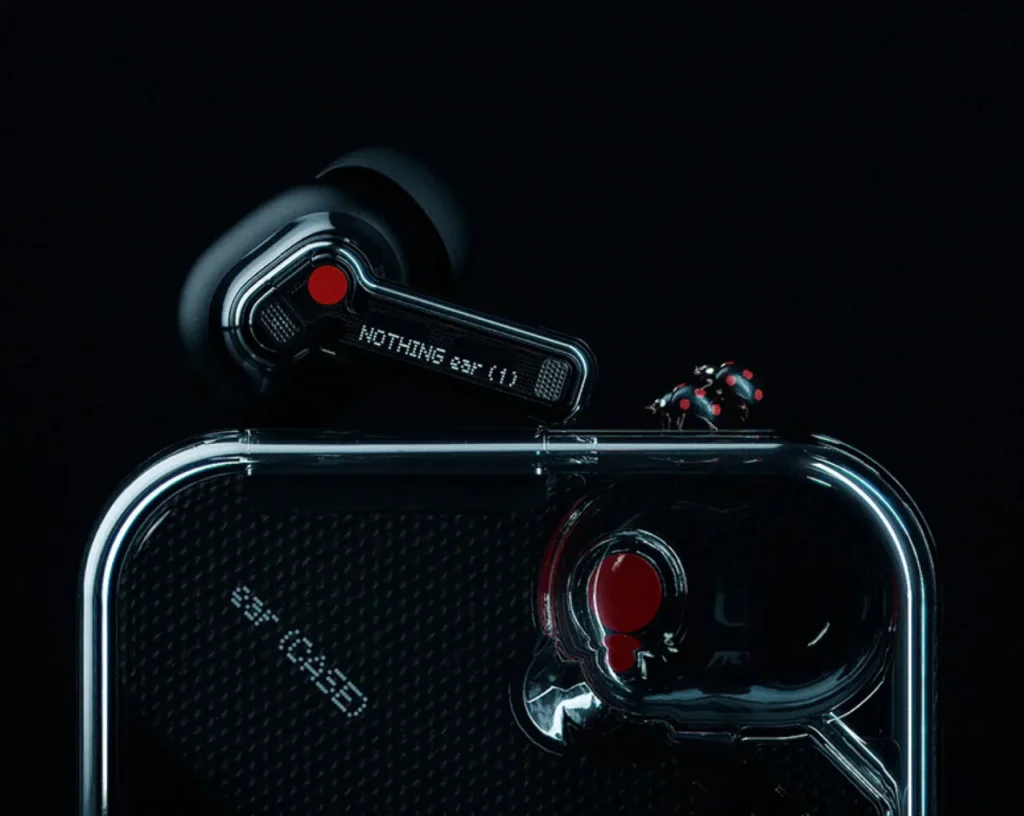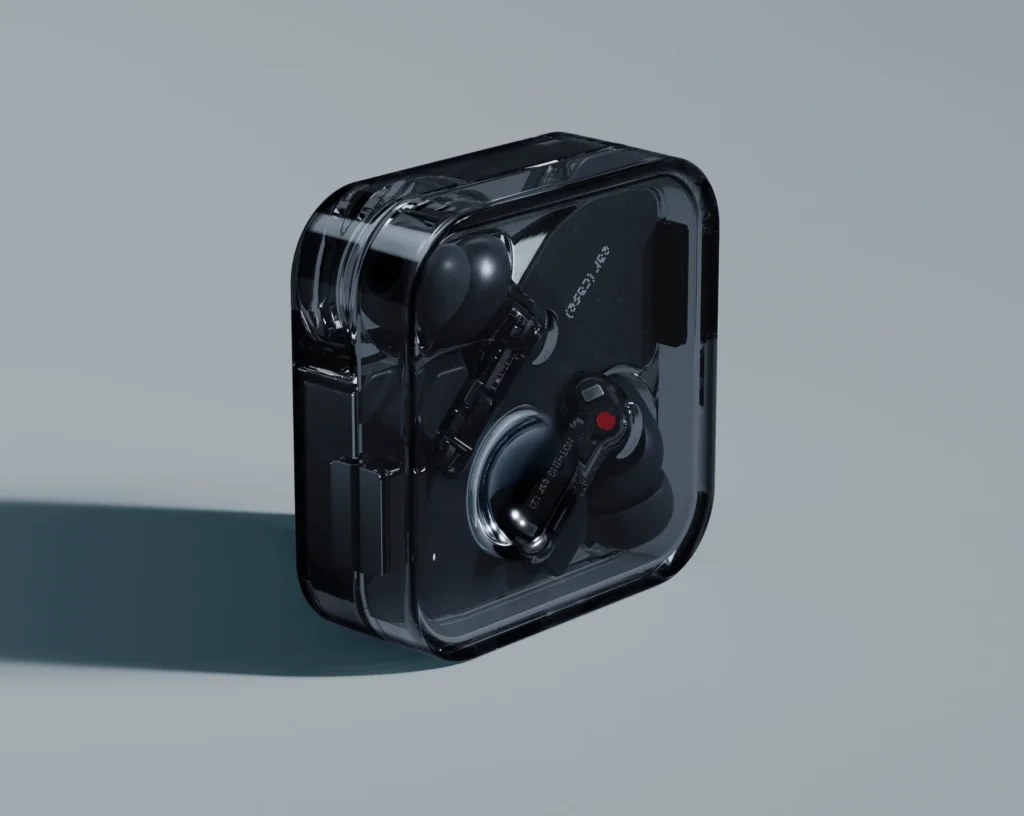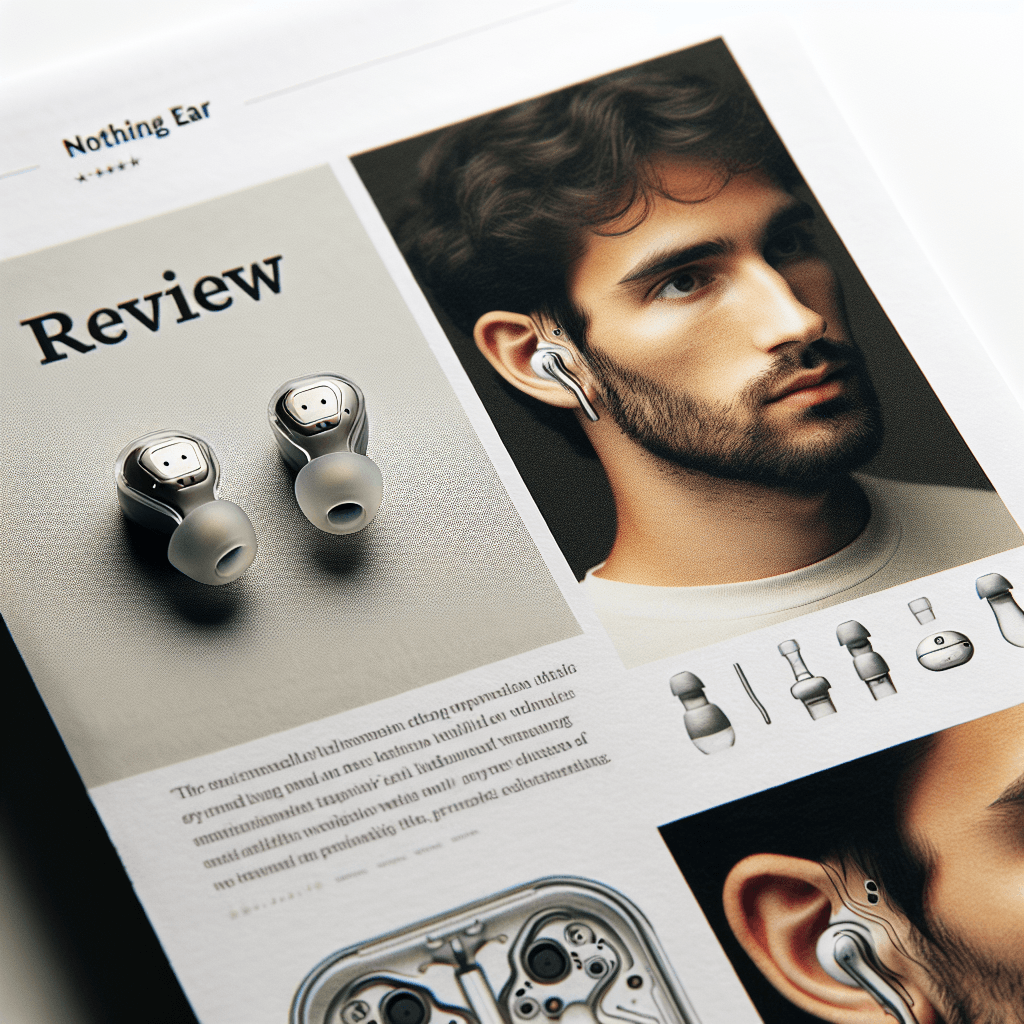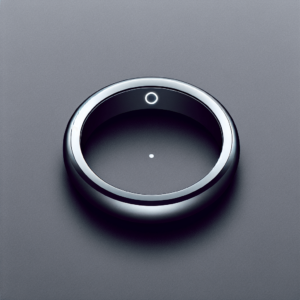Nothing has introduced two products in the tech world: the Ear (1) and the latest release, the Ear (2).
While they may seem similar visually, the Ear (2) offers upgrades such as better noise cancellation and increased customization options.
To determine if the higher price of the Ear (2) is justified, let’s compare both products in a detailed review.
We will assess whether the new model surpasses the Ear (1) and competes effectively in the wireless earbuds market.
Let’s delve into the specific details and enhancements of the new Nothing Ear (2) earbuds.
Nothing Ear and Ear A
What we like
Nothing Ear (1) and Ear (2) have standout features:
- Active noise canceling (ANC)
- Personalized sound profiles
- Nothing X app for personalization
Both earbuds offer balanced, refined sound for an enhanced listening experience.
Users appreciate:
- Comfortable fit
- Squeeze controls for easy operation
- Durable build quality
The earbuds have a clear and dynamic audio output thanks to their frequency response.

They also feature:
- IP54 rating for the earbuds
- IP55 rating for the case
- Multipoint connectivity for connecting to two devices simultaneously
With a competitive price point, these earbuds are a valuable upgrade in the consumer tech market for those seeking quality wireless earbuds.
What we don’t like
The earbuds from Nothing Ear have some downside. Here are the issues:
- The in-ear pressure from the active noise canceling tech can be uncomfortable or cause vertigo.
- The personalized sound profile in the Nothing X app might lead to inconsistent audio quality that doesn’t match users’ preferences.
- The default frequency response of the earbuds emphasizes certain frequencies like treble, which can be tiring to listen to for a long time.
- The touch controls, particularly the squeeze controls, may not always respond accurately, resulting in delays or missed actions.
- The battery life is slightly less impressive compared to other wireless earbuds on the market.
- The IP54 rating for water resistance might not be enough for users looking for more protection against moisture or dust.

Don’t mess with a winning formula
Changing a winning formula, such as the earbuds design, can have unintended consequences. It might lead to reduced user comfort or dissatisfaction with new features.
Altering a successful strategy carries a risk. It could result in losing the unique characteristics that made the product stand out. This may lead to a decline in overall performance and customer satisfaction.
Sometimes, it’s better to stick with a winning formula. This is true when the existing design, like the pinch controls and frequency response of the Nothing Ear (a), meets customer needs well.
Maintaining consistency can help retain loyal customers and ensure the product performs well in the market.
Nothing Ear A review: Upgrades where they matter
The Nothing Ear A has improved audio quality, noise cancellation, and design from the original model.
The Ear A has better frequency response for balanced sound, fixing excessive bass and muddiness.
The new adaptive noise cancellation and personalized sound profiles in the Nothing X app reduce in-ear pressure and enhance the listening experience.
The updated design uses more durable materials, a slimmer case, and squeeze controls for improved comfort and usability.
Additional features like multipoint connectivity, wireless charging, and longer battery life make the Ear A more user-friendly.
These upgrades aim to provide a polished and enjoyable experience, addressing the original model’s issues.
Nothing Ear review: Excellent audio quality
The audio quality of Nothing Ear stands out among other high-end earbuds on the market. It has a balanced and refined sound profile that delivers a more enjoyable listening experience. This makes every instrument in a song audible and lively.
The design of Nothing Ear includes features like a personalized sound profile, adaptive noise cancellation, and an equalizer. Users can tailor their audio experience to their preferences. The frequency response is carefully tuned by a skilled audio engineer for a well-balanced and enjoyable sound across various music genres.
The Earbuds have ANC technology that effectively reduces low-pitched noises for an immersive listening experience. The Nothing X app lets users control audio settings, customize ANC levels, sound profiles, and equalizer settings.
With an IP54 rating, Nothing Ear is durable and sweatproof for daily use in various environments. The Earbuds also offer multipoint connectivity, wireless charging, USB-C charging, and a compatible LHDC 5.0 codec for seamless connectivity and high-quality audio performance.

Nothing Ear vs Ear A: Which should you buy?
The audio quality and features of Nothing Ear and Ear A are different.
Ear A provides a more balanced and refined sound compared to Ear.
It also offers personalization options like sound personalization and adaptive noise cancellation for a tailored audio experience.
Ear A has multipoint connectivity and a more durable design.
Buyers should think about these differences and the price gap when choosing between the two earbuds.
Comfort, design, battery life, and microphone quality are also important.
Ear A’s IP54 rating gives better dust protection.
Its pinch controls and squeeze controls make it easy to adjust audio and settings.
The Nothing X app allows for extra customization through an equalizer and personalized sound profiles.
Nothing Ear and Ear A review: FAQ
The Nothing Ear (2) and Ear A have some subtle physical changes. The Ear A has a slimmer and lighter case, but both earbuds have similar dimensions.
The Ear A offers a more balanced and refined sound, making the listening experience better. Users can enjoy personalized sound profiles and adaptive noise canceling with the Ear A, though some might find certain customization options a bit finicky.
The Ear A also has multipoint connectivity and a durable plastic design for added convenience and longevity. On the other hand, the Ear (2) supports wireless charging but the Ear A excels in reducing in-ear pressure from ANC and overall sound quality.
FAQ
What are the main differences between Nothing Ear (1) and Ear (2)?
The main differences between Nothing Ear (1) and Ear (2) are the design, active noise cancellation, and battery life. The Ear (2) has improved ANC, a different design with touch controls, and longer battery life compared to the Ear (1).
How is the sound quality of Nothing Ear (2) compared to Ear (1)?
The sound quality of Nothing Ear (2) is improved compared to Ear (1), with better clarity, richer bass, and enhanced overall balance. The dual-driver system provides a more immersive listening experience with detailed highs and deep lows.
Are the battery life and charging capabilities improved in Nothing Ear (2) compared to Ear (1)?
Yes, the battery life and charging capabilities have been improved in Nothing Ear (2) compared to Ear (1). Ear (2) boasts a longer battery life of up to 34 hours with the charging case, and supports fast charging for a quick top-up.
What are the design changes in Nothing Ear (2) compared to Ear (1)?
The design changes in Nothing Ear (2) compared to Ear (1) include a smaller and more ergonomic shape, new color options, improved comfort, and a redesigned case with wireless charging capability.
Is the active noise cancellation feature better in Nothing Ear (2) than Ear (1)?
Yes, the active noise cancellation feature in Nothing Ear (2) is better than Ear (1). Ear (2) has improved ANC algorithms that provide a more immersive and effective noise-canceling experience, especially in blocking out low-frequency sounds like airplane engines or city traffic.


